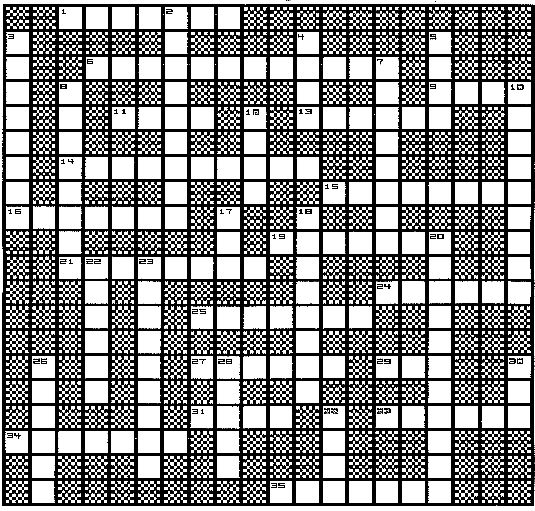-
1. The second most common element in the earth's crust; main constituent
of quartz.
-
6. Type of acid used in the lab to test for the presence of sulfide and
carbonate minerals.
-
9. Aquatic creature that lives inside a hinged shell made of calcium carbonate
("seashell").
-
11. Element most common in the deep interior of the earth.
-
13. The color of a powdered mineral.
-
14. The most brilliant grade of non-metallic luster (for example, the luster
of olivine).
-
15. Type of irregular breakage in a mineral, indicating rather strong chemical
bonds between the atoms.
-
16. Chemical compound that is detected by the odor or rotten eggs when
in contact with acid.
-
19. A fundamental substance which cannot be further subdivided without
destroying its identity.
-
21. A mixture of elements in which the relative proportions are consistently
discrete.
-
24. Metallic element with a relatively high density.
-
25. Major element of the mineral which makes up most limestones.
-
27. Chemical symbol for this element is "Na."
-
29. Most of the outer planets in the solar system are composed mostly of
- - -.
-
31. Minerals which are common members of the layer silicates, characterized
by basal cleavage.
-
33. The major element which forms the base of organic compounds (can also
form inorganic compounds).
-
34. Common radioactive element which contributes to the earth's interior
heat.
-
35. A unit of an ordered solid, whose atoms are arranged in a repeating
pattern.
|
-
2. Compounds commonly identified by the release of carbon dioxide when
acid is added.
-
3. A type of luster which resembles that of broken glass.
-
4. A measurement scale describing the resistance of minerals to being scratched.
-
5. A naturally occurring aggregate or mixture of one or more minerals.
-
7. The presence of smooth, flat surfaces produced by breaking a mineral
(indicates weak bonding).
-
8. Type of luster which is never seen in transparent nor in translucent
minerals.
-
10. Element which is found in mafic minerals.
-
12. Basal (1-directional) cleavage, typically shown by ---- sheets of minerals.
-
17. Earth's major source of external heat.
-
18. The most common metallic element in the earth's crust.
-
20. Description for the inner planets of the solar system (Mercury, Venus,
Earth, and Mars).
-
22. Earth's most common element (most of it is not present as a gas, but
as chemical compounds).
-
23. Chemical symbol for this element is "K."
-
26. The most common mineral form of silica.
-
28. Type of chemical compound of which rust is a member.
-
30. An atom which has acquired an electrical charge by losing or gaining
one or more electrons.
-
32. Very fine-grained layer silicate; common constituent of "mud."
|

